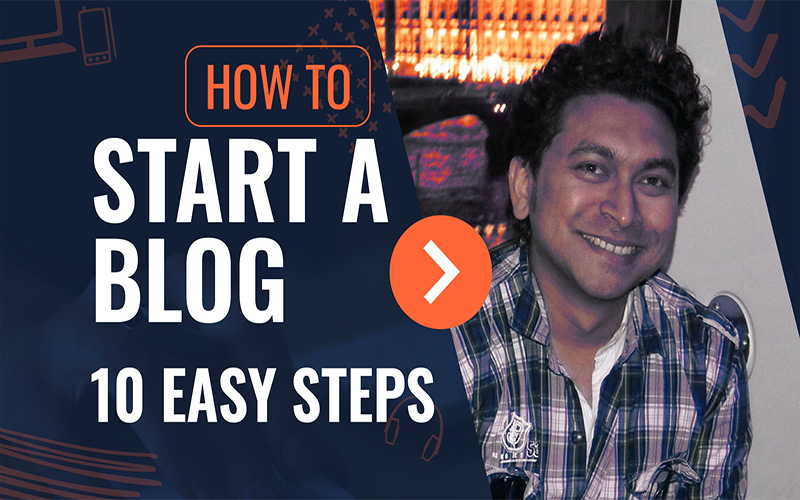Have you ever wondered how to make your blog images stand out and attract more traffic?

Images are a vital part of a blog, but did you know that they can also impact your search engine optimization (SEO)? By optimizing your blog images, you can improve your website’s visibility and attract more traffic.
In this blog post, I’ll share my personal tips and techniques on how to optimize your blog images for SEO.
From file names and alt tags to image size and compression, I’ll guide you through the step-by-step process of maximizing your image’s visibility in search engines.
Discover the power of image optimization and learn how it can improve your website’s ranking and overall user experience.
Get ready to make your blog images shine and drive more organic traffic to your site. Let’s dive in and unlock the secrets of effective image optimization for SEO.
Key Takeaway:
- Use descriptive file names and alt tags for images.
- Compress images to improve page load speed.
- Choose the right file type for your images.
- Use relevant images that support your content.
- Size your images appropriately for the web.
- Host your images on a reliable server.
- Utilize image sitemaps to improve indexation.
Learn how to optimize your blog images for SEO with our step-by-step guide. Discover the best practices for file naming, image compression, file types, image selection, sizing, hosting, and sitemaps. Improve your blog’s visibility and attract more traffic with optimized images.
How to Optimize Your Blog Images for SEO
STEP 1: Choose Relevant Images
- Select images that match your blog post topic and add value to the content
- Ensure the images are visually appealing and high-quality
STEP 2: Compress Image File Sizes
- Use an image compression tool to reduce file size without affecting quality
- Smaller file sizes help with faster page loading times and better user experience
STEP 3: Rename Image File Names
- Rename the image file name to something descriptive and related to the blog post topic
- Include relevant keywords in the file name to improve SEO
STEP 4: Use Descriptive Alt Text
- Add descriptive alt text to each image, describing what it represents
- Alt text is used by search engines to understand image content and improve SEO
STEP 5: Add Image Captions
- Add captions to each image to provide context and improve user engagement
- Captions can also include keywords to improve SEO
STEP 6: Use Appropriate Image Formats
- Use appropriate image formats like JPEG, PNG, or SVG depending on the image type
- Different image formats have different advantages and can impact page loading times
STEP 7: Optimize Image Placement
- Place images in appropriate positions throughout the blog post
- Optimize image sizes and positions for better user experience and engagement
PROS
- Improved visibility in image search results and search engines.
- Increased organic traffic through optimized image alt tags and filenames.
- Enhanced user experience with fast-loading and high-quality images.
- Opportunity to attract new audiences through image search discovery.
- Potential for higher engagement and social sharing with visually appealing images.
CONS
- Additional time and effort required for image optimization tasks.
- Learning curve for understanding image SEO best practices.
- Balancing image optimization with maintaining image quality and aesthetics.
- Risk of copyright infringement if using unlicensed or unauthorized images.
- Dependence on image optimization plugins or tools for efficient workflow.
FAQs:
Why is image optimization important for SEO?
Optimized images can improve page load speed and user experience.
Properly optimized images can help search engines understand the content.
What are some image optimization techniques for SEO?
Compressing images to reduce file size.
Adding descriptive file names and alt text.
What is the recommended image file format for SEO?
JPEG is recommended for photographs.
PNG is recommended for graphics and text-heavy images.
How can I check the image loading speed?
Use tools such as Google PageSpeed Insights and GTmetrix.
Optimize the image size and compression to improve loading speed.
Can image file size affect website ranking?
Yes, large image file sizes can affect website load speed and may negatively impact search engine ranking.
Is it possible to optimize existing images on my website?
Yes, you can use tools such as Adobe Photoshop or online image compressors to optimize existing images.
Wrapping up:
Optimizing your blog images for SEO can significantly improve your website’s search engine ranking and user experience.
By following the seven steps outlined in this article, you can ensure that your images are properly optimized for fast loading speed and search engine understanding.
Remember to compress your images, use descriptive file names and alt text, and choose the right file format for each image.
With these tips, your blog images will be fully optimized for SEO, resulting in improved traffic and engagement.




